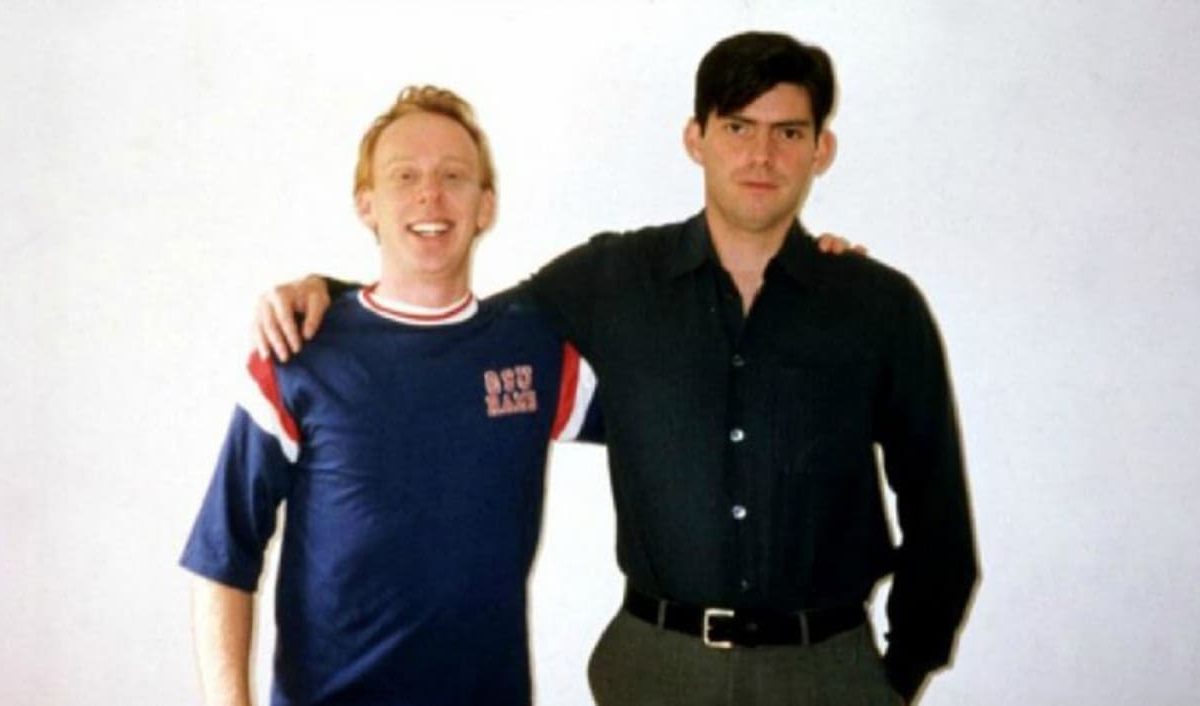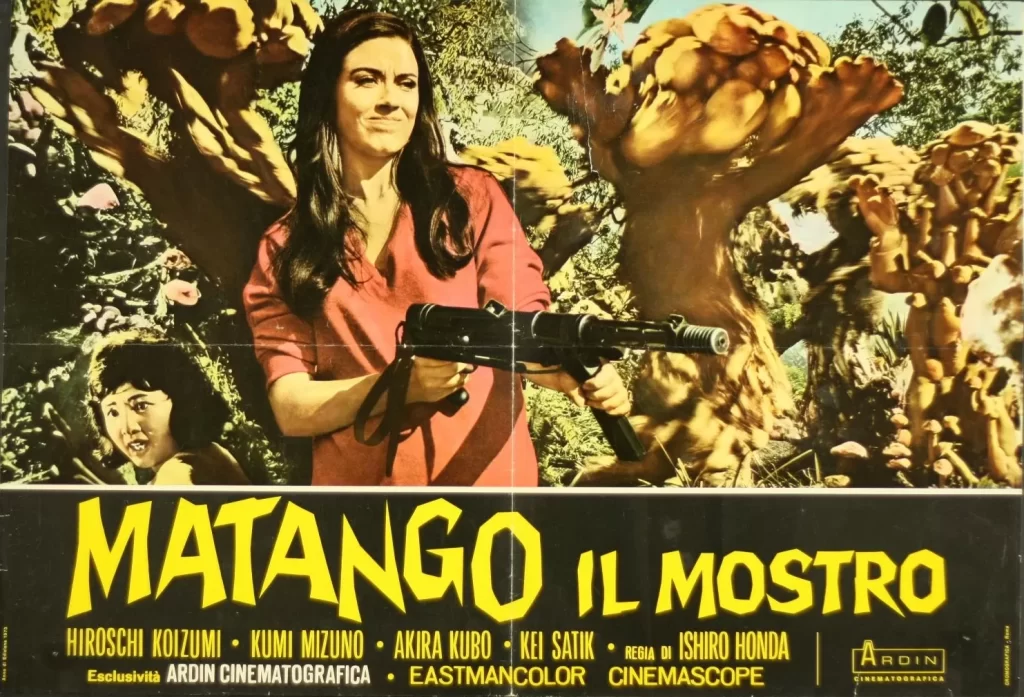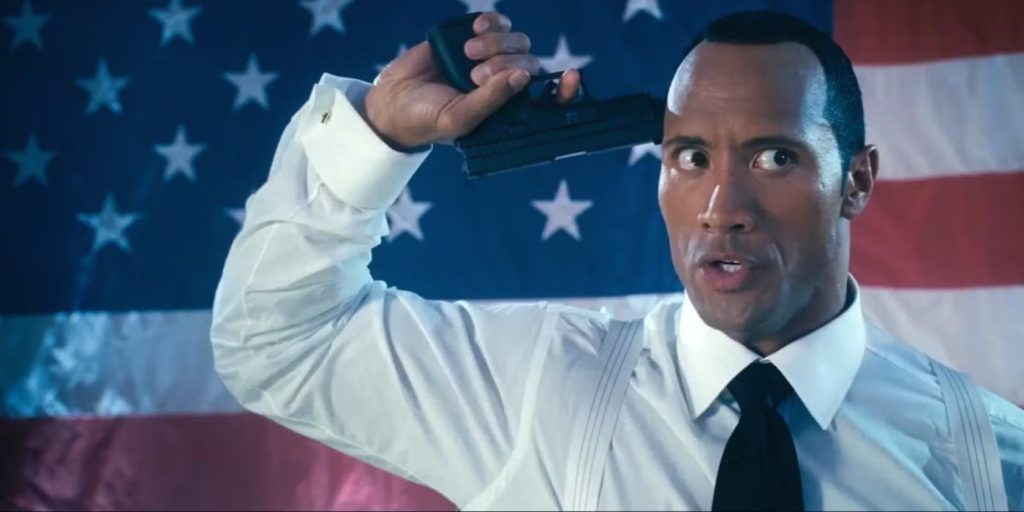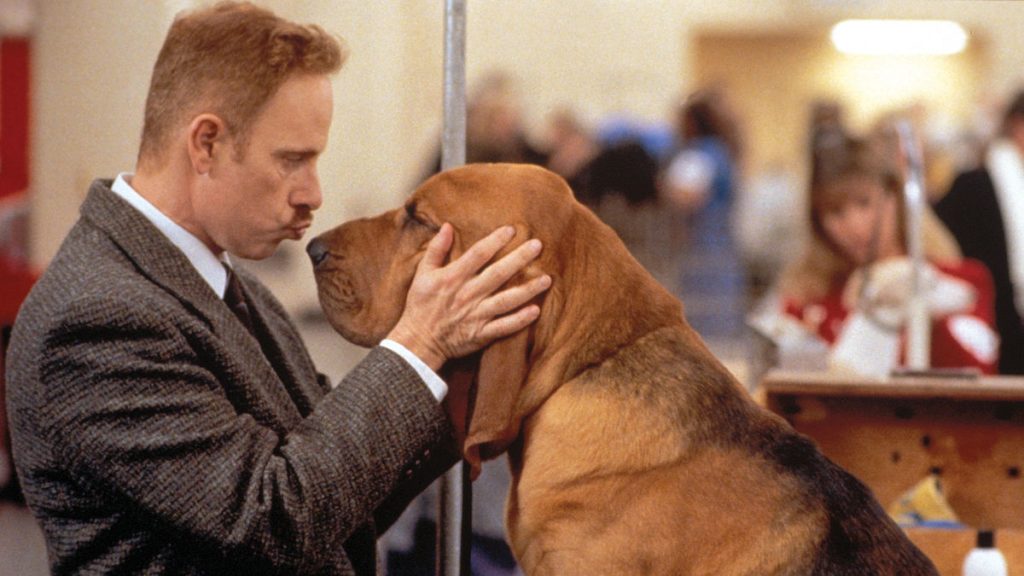In a setting away from their childhood homes, two young men realize they have taken different paths. One has entered into professional success and presents himself with a kind of cocksure swagger, while the other watches in sustained awe from a state of suspended adolescence. This pent-up frustration gives way to a pursuit to reclaim the former glory of their relationship, ultimately revealing a sensual undercurrent brewing beneath the sentimental yearning.
To crib a popular saying: if I had a nickel for every time Mike White has told this story, I’d only have ten cents … but it’s weird it happened twice.
Since broaching a taboo inevitably leads to fixation on shock value, no storyline from this season of The White Lotus ginned up as much digital watercooler chatter as the inklings of incest brewing between brothers Saxon (Patrick Schwarzenegger) and Lochlan (Sam Nivola) Ratliff. Their sexual tension eventually erupts with a fraternal lip-lock that leads into a drug-fueled threesome, prompting a soul search to disentangle their physical and psychological predilections.
Yet the pair’s erotic misadventure serves a purpose beyond mere provocation. There’s a poignancy in watching confused males fumbling their way into expressing their submerged affection that recalls 2000’s Chuck & Buck, Mike White’s first solo feature screenplay. Twenty-five years on, it looks like an important blueprint for what was to come for the feted showrunner — but also stands as a document of male sexual anxieties that finds more thematic resonance without needing titillation to make the point.
No blood ties together Charlie “Chuck” (Chris Weitz) and Buck (White, who also stars), two boyhood buds who have grown apart over the years. By the time the film catches up with Buck, now a stilted man-child grieving the loss of his beloved mother, that cherished bond now has the tenor of a parasocial connection. With little idea how to forge ahead into the future, Buck heads out west to Charlie’s new stomping grounds of Los Angeles in a foolhardy attempt to regenerate the lost Edenic conditions of their shared past.
As Buck’s hair-brained scheme progresses toward its culmination, the staging of a surrealistic roman à clef play for an audience of one, the specifics of what he yearns for come into focus. The two boys engaged in innocent but intentional sexual experimentation in their youth. Although Charlie is now engaged to a woman, Buck still clings to the hope that such closeness might be possible once again.
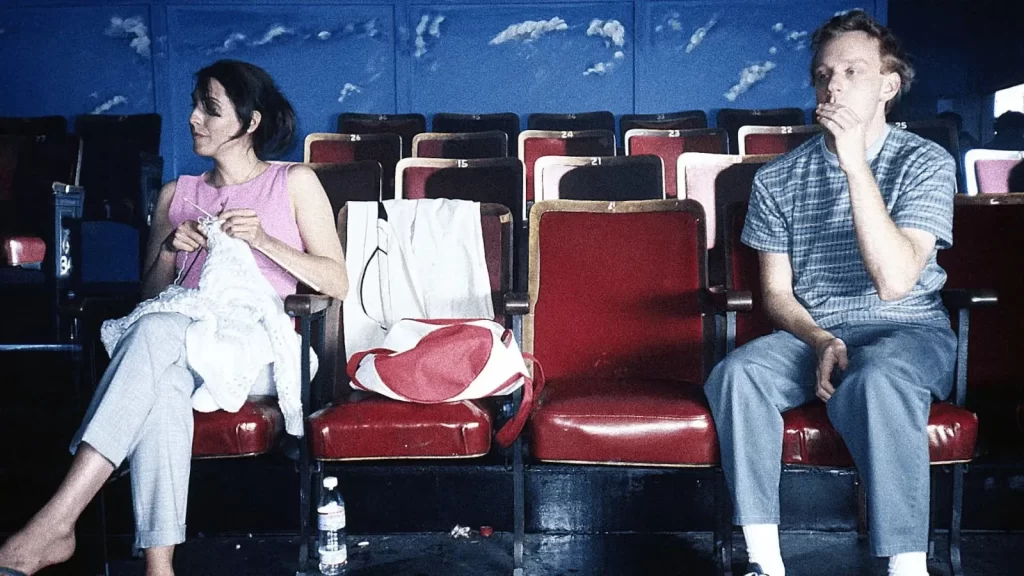
Yet Buck never ties that intimacy to identity. In Chuck & Buck, as in The White Lotus, White does not set his characters on a trajectory toward adopting a new label for themselves in line with their carnal pursuits. It’s not that these men are coming out by entertaining erotic prospects with someone of the same gender. Rather, an inexplicable urge can no longer remain inside. Without a more developed emotional vocabulary to describe the feeling, the only outlet they have is a physical manifestation.
If Buck’s kamikaze mission were pure hedonism, it would not explain his rejection of innuendos from one of the actors in his play, refusing to reciprocate the intimations by even acknowledging them as such. His Y2K, “no homo”-era environment is notably less accepting of gay people than the Roaring Twenties of The White Lotus, where even a conservative-coded character like Saxon possesses some awareness of queer culture. No matter the culture around his projects, White’s recurring interest is in how deferential male characters like Buck and Lochlan stumble into sex as an avenue for validation in the bodily language of which their confident counterparts speak so fluently.
Since characters on The White Lotus trade in a hyper-literate dialogue that feels increasingly reverse-engineered to end up as a screencap on Evan Ross Katz’s Instagram page, they have an easier time sublimating their secret desires. Buck is bumbling and inarticulate across every vector of expression, which makes the tension of his quest more nakedly tragic. As he resorts to increasingly desperate methods to keep his pipe dream alive, a truck could drive through the gap between his quixotic intentions and counterproductive actions.
What’s left unsaid between the two men in Chuck & Buck most powerfully exposes the challenges of communicating psychological needs. Miguel Arteta, who directed White’s script, deserves credit for recognizing the value in highlighting physiognomy rather than anatomy to get a reaction from the audience. He wrings excruciating tension from consistent close-ups that linger on Buck’s face as he awaits the affirmation that always eludes him. The film’s early digital video aesthetic, no doubt a byproduct of a meager indie budget in 2000, now enhances every scene with an aura akin to a confessional home video.
It’s only fitting that what ultimately makes Charlie acquiesce and play “Chuck” again for his old friend is seeing Buck’s low-rent show. He’s jarred at first, but Charlie finally understands the longing for the tender embrace of the familiar. When he finally consents to play along with their old horseplay, the camera notably lingers on Charlie’s face as he’s receiving – and not resisting – pleasure. Buck’s fulfillment, meanwhile, plays entirely out of frame.
Just as the fallout from the incestual incident on The White Lotus plays out primarily from Saxon’s point of view, the consummation of pent-up desire in Chuck & Buck marks a shift in perspective. What previously functioned as an unrequited expression of confused, conflicted love opens up into a two-way conversation. The transgression White pinpoints in these moments is not so much the acts themselves. It’s in the possibility that those on the receiving end of such unadulterated exultation might be unable to resist being edified … no matter who’s providing it.
“Chuck & Buck” is available for digital rental or purchase.
